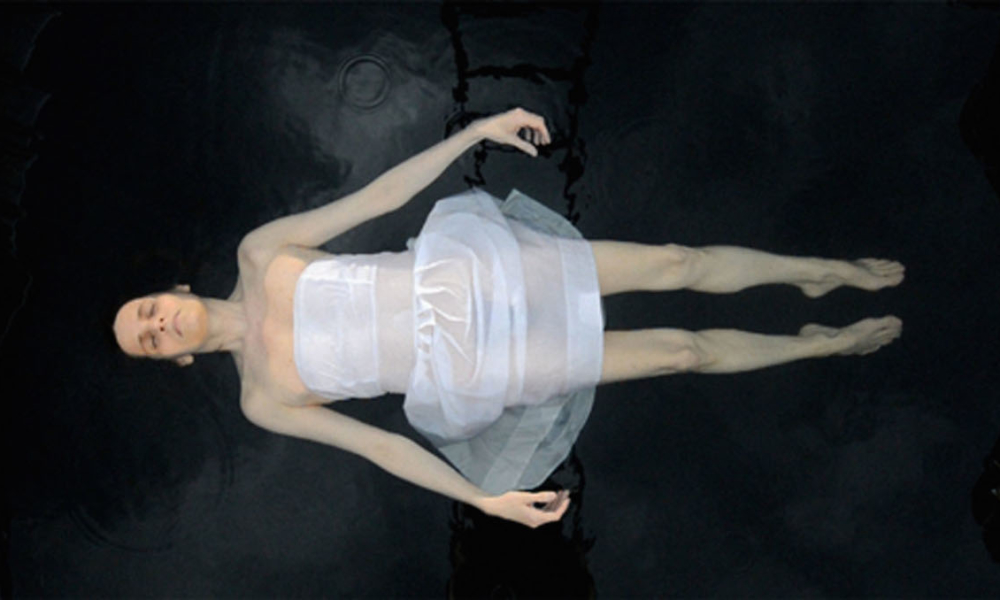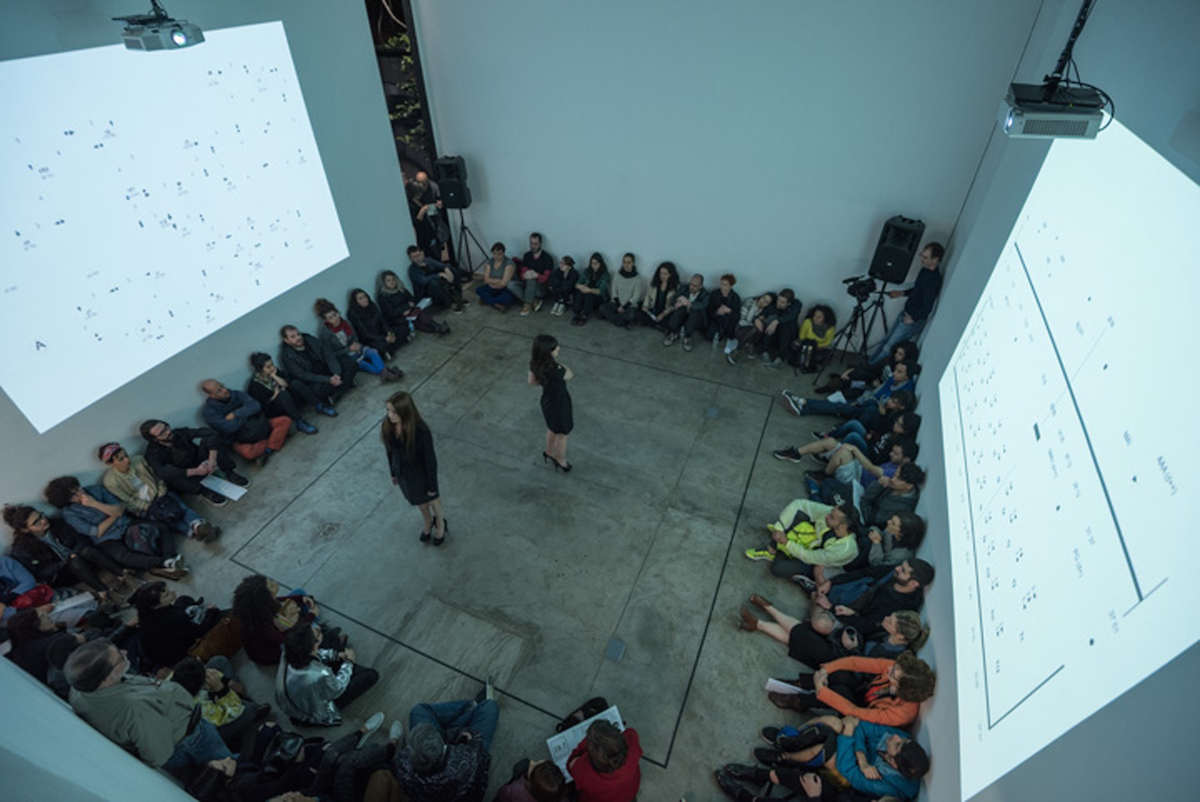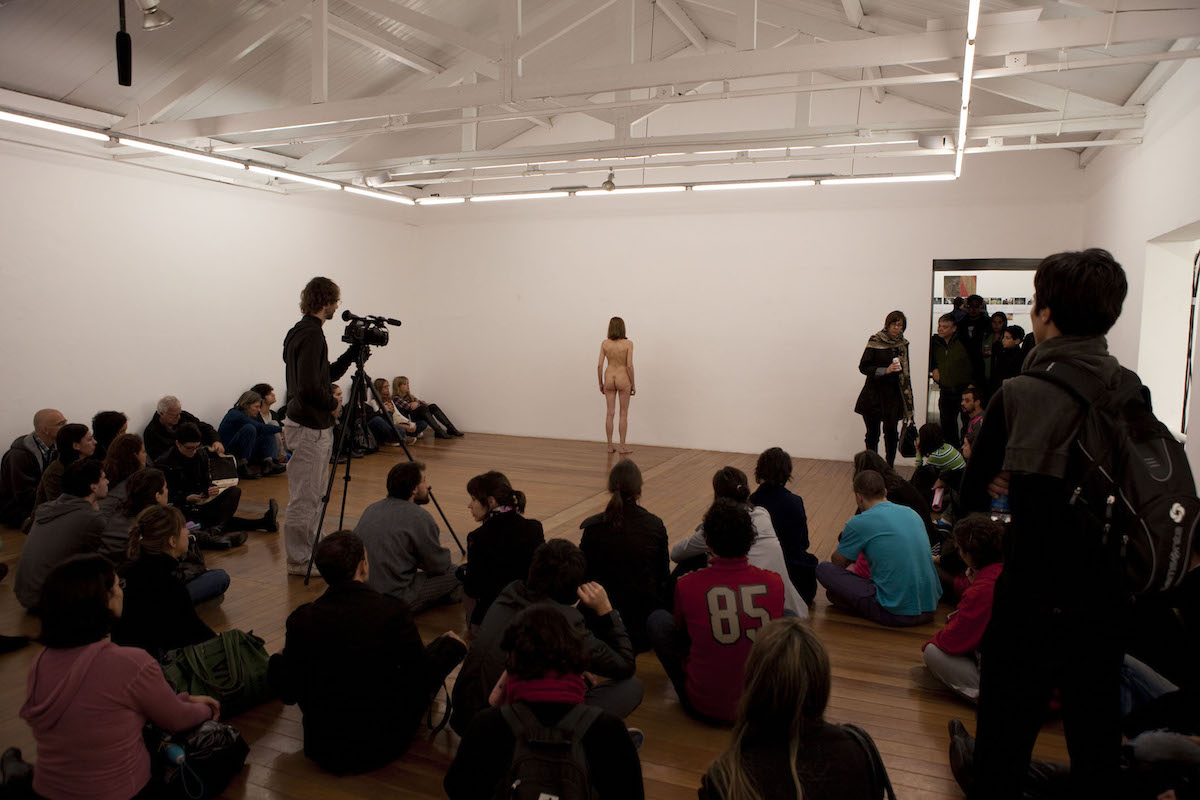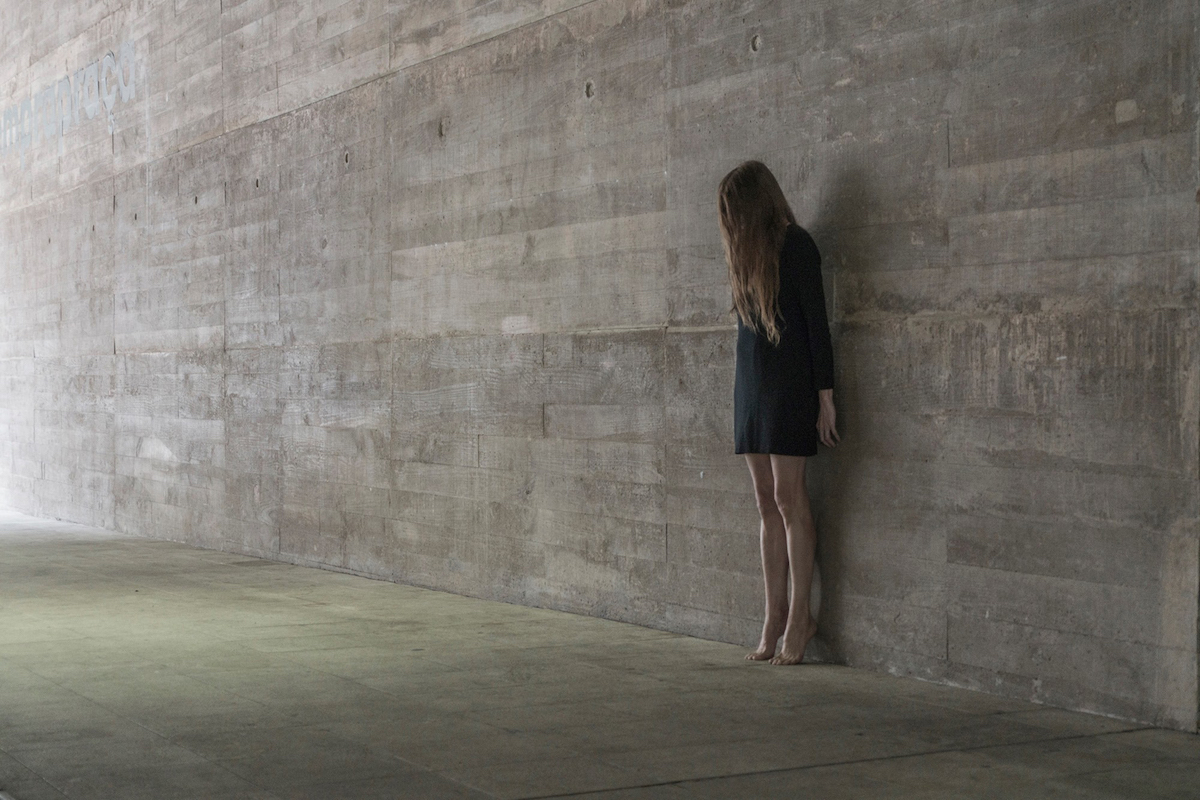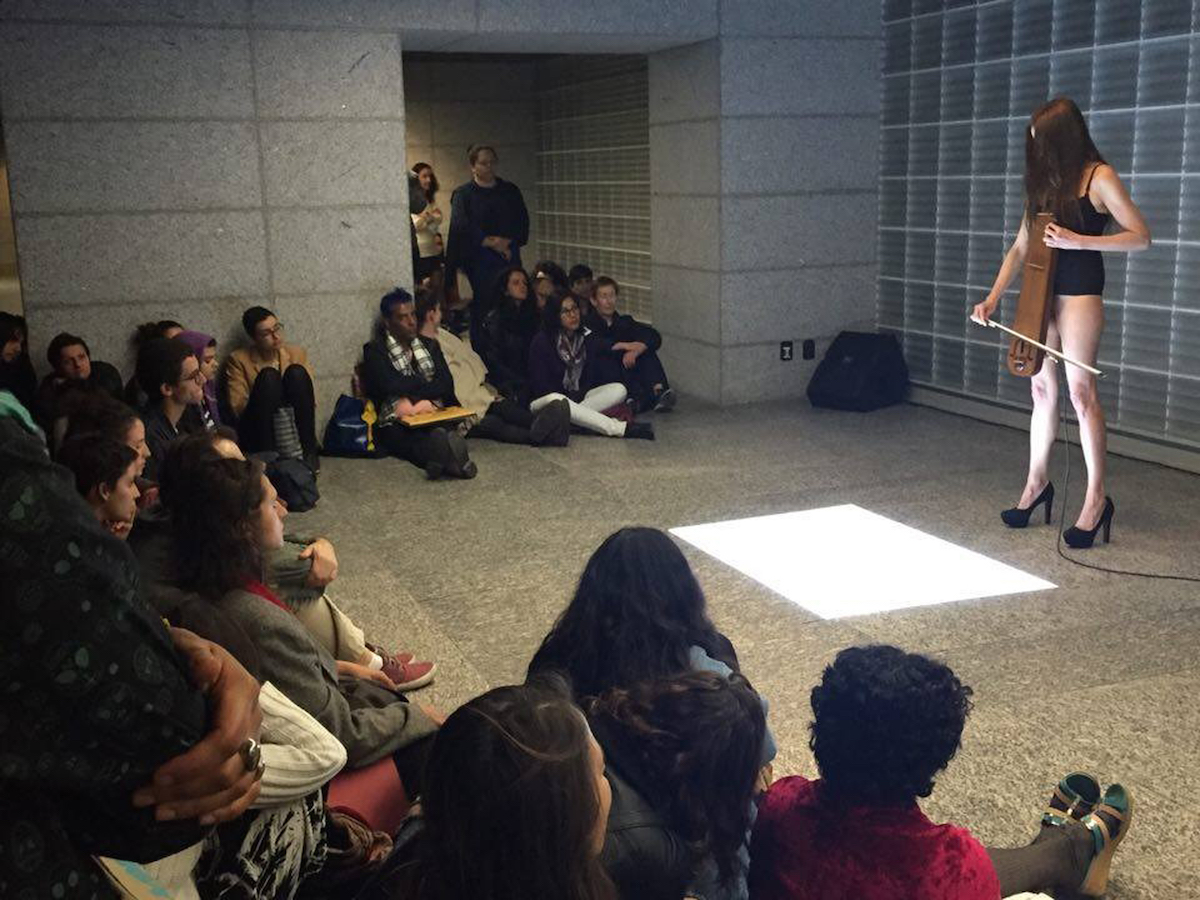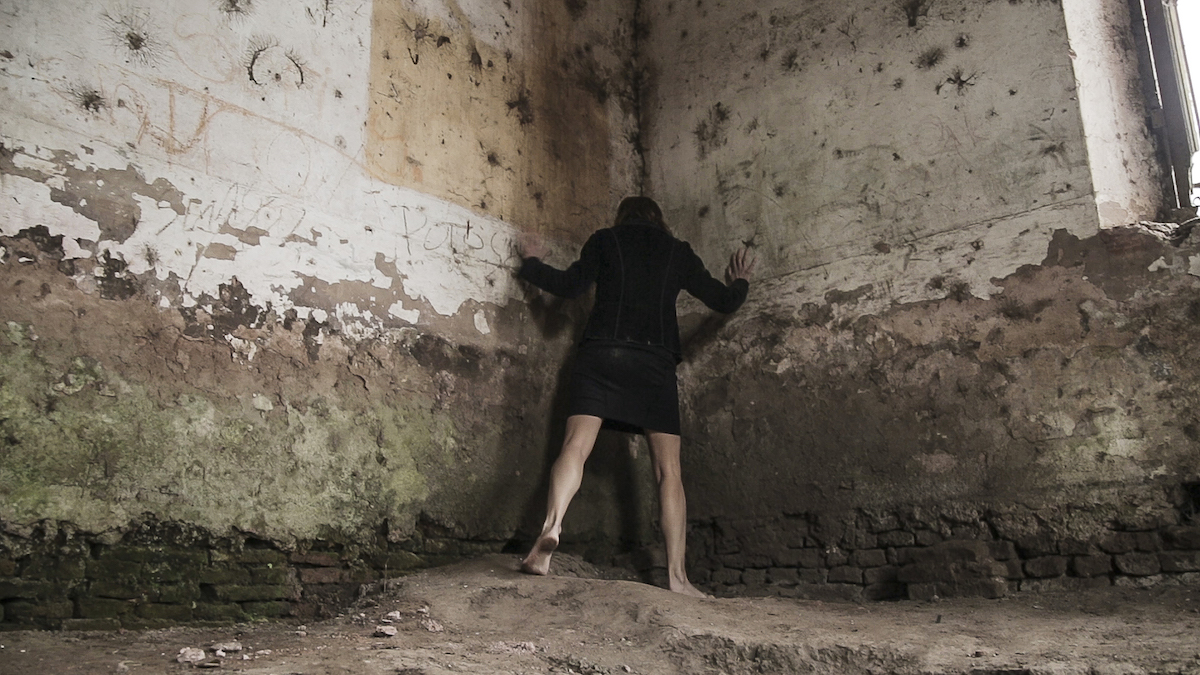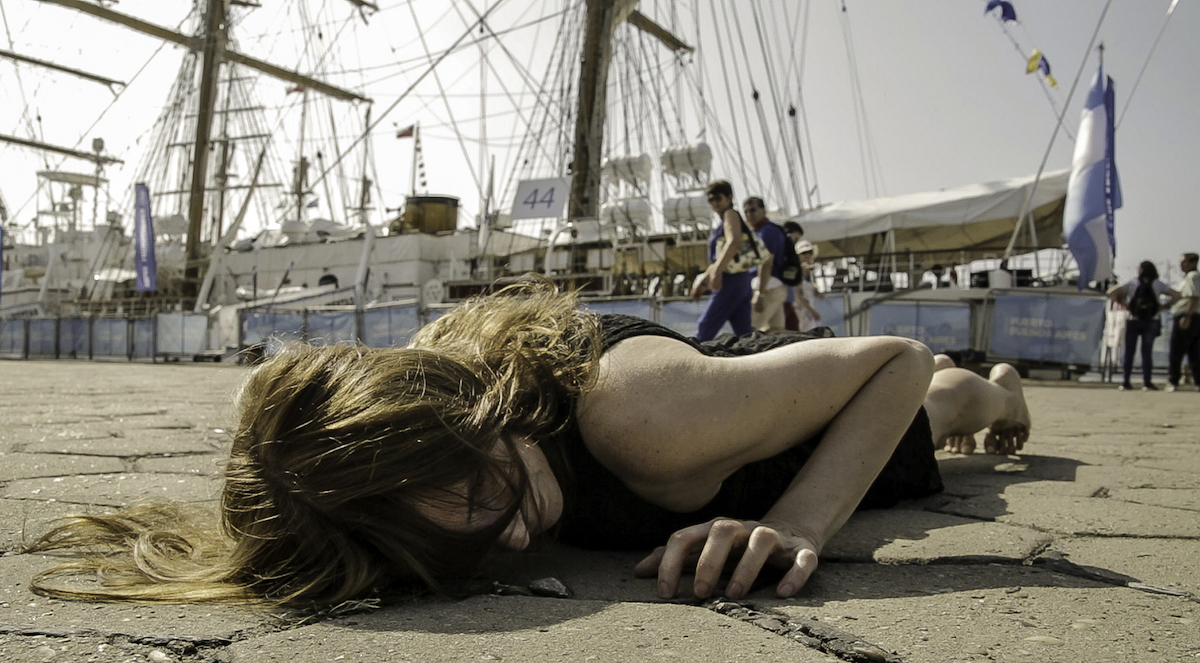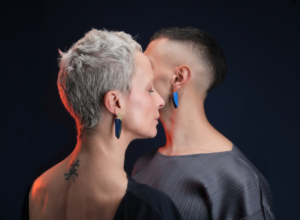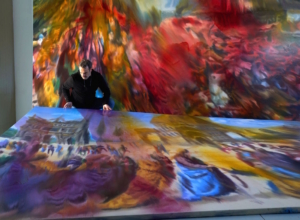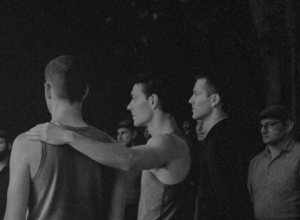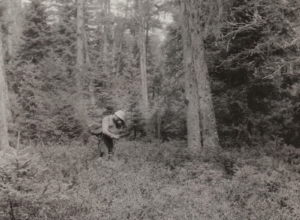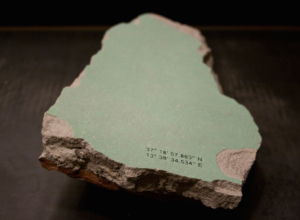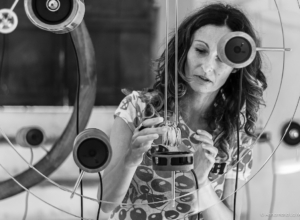Ana Montenegro è un’artista visiva e performer che vive e lavora in Brasile e in Argentina. Il suo lavoro indaga la relazione tra performer e pubblico, la fragilità umana, la vulnerabilità, l’isolamento e il confine tra realtà e finzione nelle relazioni contemporanee.
Ana Montenegro is a visual artist and performer who lives and works in Brazil and Argentina. Her work aims at investigating the relationship between performer and audience, human fragility, vulnerability, isolation and the boundary between reality and fiction in contemporary relationships.
Francesca: Vorrei partire dall’inizio e chiederti come sei arrivata alla pratica performativa. E’ stata una sorta di illuminazione?
Ana: Ho iniziato nelle arti visive con la pittura e il disegno, in un’importante galleria a Recife, in Brasile. Poi un giorno ho ricevuto l’invito a guardare la performance di un’artista. Ero così incantata che ho deciso di lasciare la galleria e di andare a San Paolo a trovare uno spazio che mi permettesse di sviluppare la performance. Era l’anno 2000. Siccome mi mancava una base concettuale più solida, ho frequentato il corso post-laurea PUC a San Paolo studiando Semiotica Peirceana. Oggi insegno semiotica e un metodo creativo per vivere. Se è stata una illuminazione? Penso di sì. La performance ha cambiato il corso della mia vita.
Francesca: I’d like to start at the beginning. How did you come to performance art? Was it an epiphany?
Ana: I started in the visual arts with painting and drawing, in an important gallery in Recife, Brazil. One day, I received an invitation to watch an artist’s performance. I was so enchanted that I decided to leave the gallery that worked and go to São Paulo where I would find a space of more developed performance. It was in the year 2000. I missed a more solid conceptual basis, so I went to study Semiotica Peirceana in the PUC postgraduate course in São Paulo. Nowadays, I teach semiotics and a creative process to live. Wondering if it was an epiphany, I think so. Performance has changed the course of my life.
Ana Montenegro, Juliana Moraes e Wilson Sukorski Performance TACET, Show VERBO, Vermelho Gallery, Sao Paulo, SP, Brazil, 2016
Francesca: Puoi spiegare più approfonditamente il concetto di corpo e perché hai deciso di utilizzarlo come mezzo per esprimere la tua arte?
Ana: Ho uno background in architettura, il corpo nello spazio mi ha sempre interessato anche se non ho mai lavorato con l’architettura. Il corpo è uno dei miei media e il mio lavoro è collegato ad esso. La natura delle mie performance si basa sul fatto che io uso il corpo; il mio lavoro esplora inoltre il rapporto tra performer e pubblico, oltre che il confine tra realtà e finzione nelle relazioni contemporanee.
Francesca: Could you elaborate a little bit on the notion of body and why you decided to use it as a vehicle for expressing your art?
Ana: I have a background in architecture. The body in space has always interested me, but I have never worked with architecture. The body is my media and my work is related to it. The nature of my performances is connected to the fact that I use the body. The work also explores the relation between the performer and the public, and the border between reality and fiction in contemporary relations.
Ana Montenegro, Performance NOT TO BE REPRODUCED, Show VERBO, Vermelho Gallery, Sao Paulo, SP, Brazil, 2010
Francesca: Ci sono stratificazioni di significati diversi nelle tue video performance che risuonano a un livello più profondo. Come descriveresti la tua pratica artistica?
Ana: Il mio è un vocabolario preso in prestito dall’arte minimalista, con scene quasi vuote. Il silenzio, spesso associato a movimenti ripetitivi, conferisce all’azione, nella sua apparente monotonia, una densità quasi insopportabile, che mette a disagio. Parlo di un corpo inadeguato, fragile, vulnerabile, solitario che ha difficoltà a relazionarsi con le persone e con il mondo.
Francesca: There are layers of meaning in your video perfomances that resonate on a deeper level. How would you describe your process of working?
Ana: I use a vocabulary borrowed from minimalist art, with almost empty scenes. The silence often associated with repetitive movements in supposed monotony aims to give to the action an almost unbearable, uncomfortable. I tell of an inadequate, fragile, vulnerable, lonely body that has difficulty in relating to people and to the world.
Ana Montenegro e Edgar Ulisses Performance ABYSM, Sao Paulo, SP, Brazil, 2017
Francesca: Usando il tuo corpo aspiri a trovare significazioni diverse oltre quelle ascrivibili al singolo individuo: c’è un corpo che è riconoscibile ma anche un altro che è astratto e difficile da definire. Sembra che ci sia qualcos’altro nel tuo lavoro aperto all’interpretazione. Me ne puoi parlarne?
Ana: Il mio lavoro ha un carattere politico nella misura in cui esprime in maniera diversa gli elementi di un sistema, attribuendo alla realtà un carattere transitorio e precario, in opposizione alla trattazione che se ne fa oggi giorno. Espongono, in modo scomodo, l’apparente presenza del soggetto nella società contemporanea. È anche una metafora della solitudine, della mancanza di un contatto profondo, un interrogarsi sui rapporti umani, sugli incontri e sui conflitti.
Francesca: By using your body you aim to point to something beyond the individual: there is a body that is relatable but also one that is abstract and hard to pin down. There seems to be something else in your work open to interpretation. Can you talk about that?
Ana: My work has a political character in making otherwise the elements of a system, giving reality a transient and precarious character, opposite to the current discourse. It exposes, in an uncomfortable way, the ostensible presence of the subject in the contemporary society. It is also a metaphor about loneliness, lack of deep contact, questioning about human relationships, encounters and mismatches.
Ana Montenegro, Performance SOLOCORDICO, MIP, Belo Horizonte, Minas Gerais, Brazil, 2016
Francesca: A partire dal 14 dicembre parteciperai a “La persistencia del cuerpo“. Rastros del arte de performance in America Latina “(La persistenza del corpo. Tracce di performance art in America Latina) con un lavoro dal titolo El recuerdo (La memoria). Puoi dirmi di più su questo evento?
Ana: Secondo Silvio De Gracia, curatore dello spettacolo, “La persistenza del corpo” evidenzia un approccio all’arte perfomativa latino-americana come strumento di resistenza atto a intensificare il concetto di “presenza”, contro la dissoluzione e le mutazioni a cui il corpo è soggetto nell’era del post umanesimo dominata dalla virtualizzazione delle relazioni interpersonali. Unendo tracce storiche a pratiche recenti, le opere esposte mettono in scena un corpo inconsistente. I regimi autoritari hanno cercato di disciplinare e plasmare il corpo secondo la loro logica repressiva e anche interrogandosi sulle nuove forme di presenza hanno reso fragile e incerta la nozione stessa di corporeità. Questa proposta si articola in una doppia lettura: da un lato, attraverso l’esplorazione di alcune esperienze pionieristiche, si vuole indagare la genealogia delle pratiche performative degli anni ’70 e ’80 in America Latina, dall’altro lato si vuole proporre una visione ampia ma necessariamente frammentaria delle sue manifestazioni più attuali. Si genera quindi una sorta di accordo tra il corpo che resiste agli abusi della violenza autoritaria e il corpo che rafforza la sua poetica carnale nel tentativo di affrontare la progressiva scomparsa dell’essere che ha come conseguenza l’incessante incorporeità della nostra vita quotidiana.
Coerentemente con la scelta curatoriale presento la performance EL RECUERDO che mette in relazione il corpo dell’artista con lo spettatore. Vestita di nero, senza scarpe, entro nella stanza e mi colloco al centro con il pubblico intorno. Una luce bianca illumina la mia figura mentre lo spettatore rimane nell’oscurità. Resto ferma immobile, in silenzio, con le braccia protese lungo il corpo e la faccia rivolta in avanti per circa quaranta minuti. La luce si spegne e io mi ritiro.
Ana Montenegro e Edgar Ulisses Performance Meeting in Mirage of the other, Show VERBO, Sao Paulo, SP, Brazil, 2009
Francesca: Starting from December 14th you will take part in “La persistencia del cuerpo. Rastros del arte de performance en América Latina” (The persistence of the body. Traces of performance art in Latin America) with a work entitled El recuerdo (The memory). Can you tell me more about this event?
Ana: According to Silvio De Gracia, curator of the show, “The persistence of the body” raises an approach to the art of Latin American performance as a device of resistance and intensification of the idea of “presence” versus the dissolution and mutations of the body that operate in an era of post humanism by increasing the virtualization of interpersonal relationships. With historical tracing and recent practices, the exhibited works account for an insubstantial body. Both authoritarian regimes tried to discipline and shape bodies under their repressive logic, as to the new forms of “presence” that question and make fragile and uncertain the very notion of corporality. This proposal articulates a double reading: on the one hand, an investigation of the genealogy of performance practices in the 70s and 80s in Latin America , which explores some pioneering experiences, and on the other, a broad but necessarily fragmentary view aria on its most current manifestations. Thus, there is a consensus between the body in resistance to the abuses of authoritarian violence and the body that intensifies its carnal poetics to confront the increasing disappearance of the being that implies the incessant disembodiment of our daily life.
According to the curatorial proposal I present the performance EL RECUERDO, which proposes a relation between the image of the present body of the artist and the spectator. Dressed in black, without shoes, I enter the room, and stand in the center with the audience around. A white light focuses on my image, while the spectator remains in the gloom. I stand, motionless, in silence, arms outstretched along the body and face facing forward for about forty minutes. The light goes out and I withdraw.
Ana Montenegro, Performance VERTIGO, LA LUZ BUENA, Agustin Roca, Argentina, 2018
Francesca: Questo ci porta dritti all’ultima domanda: in che modo l’America Latina ha influenzato il tuo lavoro?
Ana: Essendo brasiliana, il mio contatto con il resto dell’America Latina è stato viziato da questioni culturali e dall’uso della lingua portoghese che in qualche modo ci separa. Ma vivendo in Argentina e lavorando in diversi Paesi Latini, il mio modo di relazionarmi è completamente cambiato. I temi scottanti hanno influenzato in maniera decisiva le mie performance: Dust ne è un esempio. Qui l’azione è come un’interferenza ed è esplicativa della deriva che hanno preso gli Stati dell’America Latina. L’essere costretti ad abbandonare i propri luoghi, abitare terre di Paesi diversi, l’immigrazione, sollevano riflessioni laceranti che mettono in luce la fragile condizione di tanti corpi: proprietari di un non-luogo, di una non-vita.
Francesca: That leads us to the last question: how has Latin America influenced your work?
Ana: Being Brazilian, my contact with the rest of Latin America was flawed due to cultural issues and the Portuguese language that somehow separates. By living in Argentina and working in several Latin countries, my relationship has completely changed. Hot issues have decisively influenced my performance. The Dust performance is an example. The action is an interference, and also, a drift by countries of Latin America. The issue of displacement, the land of several countries, immigration, raises stabbing reflections, exposing the fragile situation of so many bodies, owners of a non-place, a non-life.
Ana Montenegro, Video DUST, MY POETIC BODY, MY POLITIC BODY, VIDEO, Milan, Italy, 2018
In copertina | cover story: Ana Montenegro e Maurizio Mancioli, Video INTO THE VOID, DRIFTING BODIES, Milan, Italy, 2018


